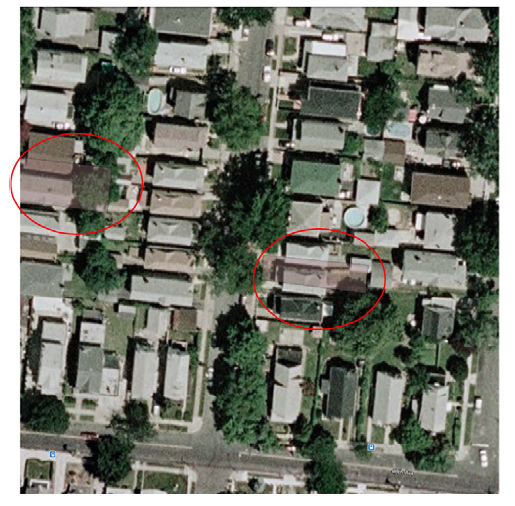
Evidence continues to mount that New York City's mandatory parking minimums encourage people to drive.
New research from University of Pennsylvania planning professor Rachel Weinberger, set to be published in an upcoming issue of the journal Transport Policy, shows once again that providing guaranteed off-street parking spaces makes New Yorkers more likely to drive to work. By mandating the construction of parking with new development, the city is encouraging more cars to drive on the city's already clogged roads.
With the Department of City Planning now considering changes to parking minimums in the "inner ring" of neighborhoods close to the Manhattan core, Weinberger's research is especially timely. DCP has been loath to acknowledge that mandating the construction of parking induces driving. This data bolsters the argument that eliminating parking minimums will help the city reduce traffic and achieve its sustainability goals.
Weinberger's article (hat tip to Atlantic Cities' Eric Jaffe) builds on research she conducted with John Kaehny for Transportation Alternatives, particularly the 2008 report "Guaranteed Parking, Guaranteed Driving" [PDF]. That piece was the first to show that off-street parking spaces attached to residences, the kind that parking minimums require, encourage people to drive to work.
Weinberger's new research expands that work to all of Brooklyn, the Bronx and Queens (in Manhattan parking is so much harder, and in Staten Island it's so much easier, that it's hard to make a sound comparison). "Instead of focusing on the two case study neighborhoods, it's a rigorous statistical analysis of the much broader city," Weinberger told Streetsblog.
The results indicate that residential off-street parking promotes car commuting. "The development of these models demonstrates a clear relationship between increased access to guaranteed parking at home and a propensity to drive to work in the Manhattan Core," writes Weinberger. "Off-street parking correlates to driving to work both indirectly by its contribution to car ownership and directly by easing car use."
To develop the data set for her calculations, Weinberger drew on DCP data for large developments and a combination of satellite imagery and site visits for smaller buildings. Weinberger then compared the availability of off-street parking to Census data showing how people get to work. To isolate the effect of having a parking space at home, she looked only at commuters heading to the Manhattan core; on the destination side, parking was always scarce and transit always convenient.
While it may seem unsurprising that mandating the construction of automobile infrastructure encourages people to drive to work, it's a conclusion that DCP has resisted. In its own 2009 study, DCP argued that demographics, not parking minimums, determined rates of car ownership: "It is not the requirements themselves that influence car ownership, but rather, housing density and distance from the core of Manhattan, among other factors, such as the habit of families with children to select housing in lower density areas where parking is available."
DCP's study, however, did not even measure the supply of off-street parking attached to residences, nor did it control for those demographic factors to isolate the effect of parking maximums; Weinberger's new research, in contrast, does both.
Based on her research, Weinberger concludes that reducing parking minimums and implementing parking maximums would be effective tools to discourage driving and reduce congestion. "Armed with new knowledge that minimum parking requirements will lead to additional driving," she writes, "cities, particularly those in non-attainment for air quality standards and those seeking to increase use of transport modes that are more energy and space efficient than private automobiles, should consider this information when crafting their residential parking policies."





